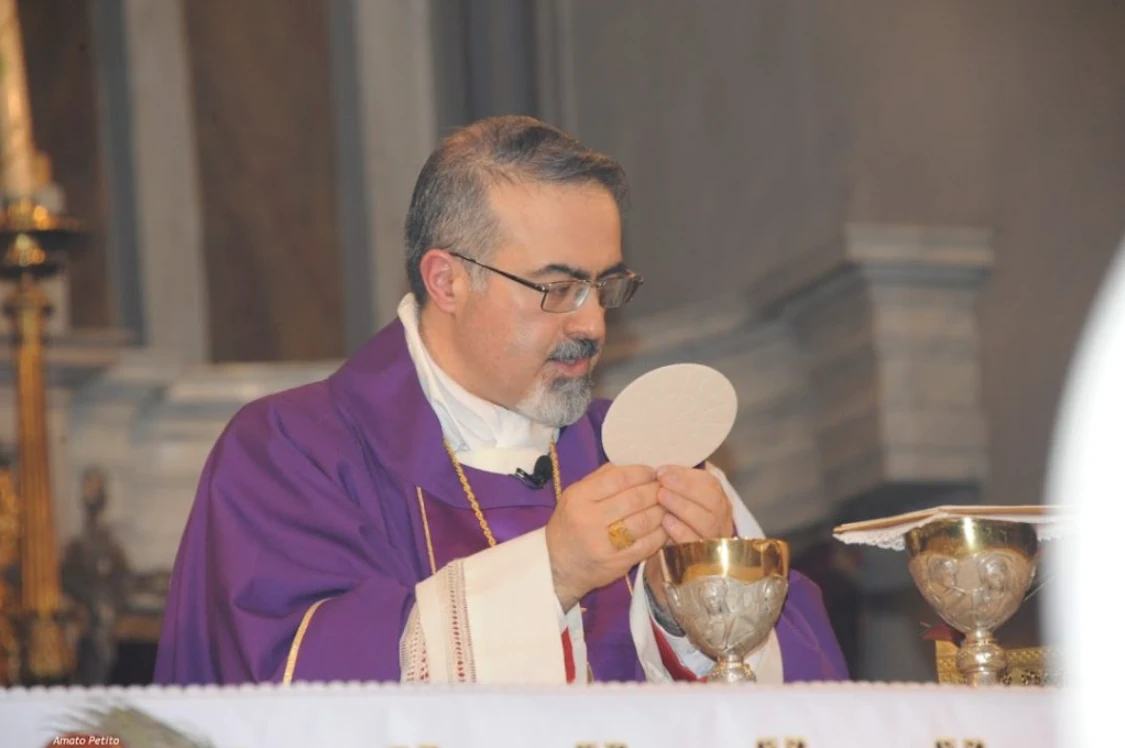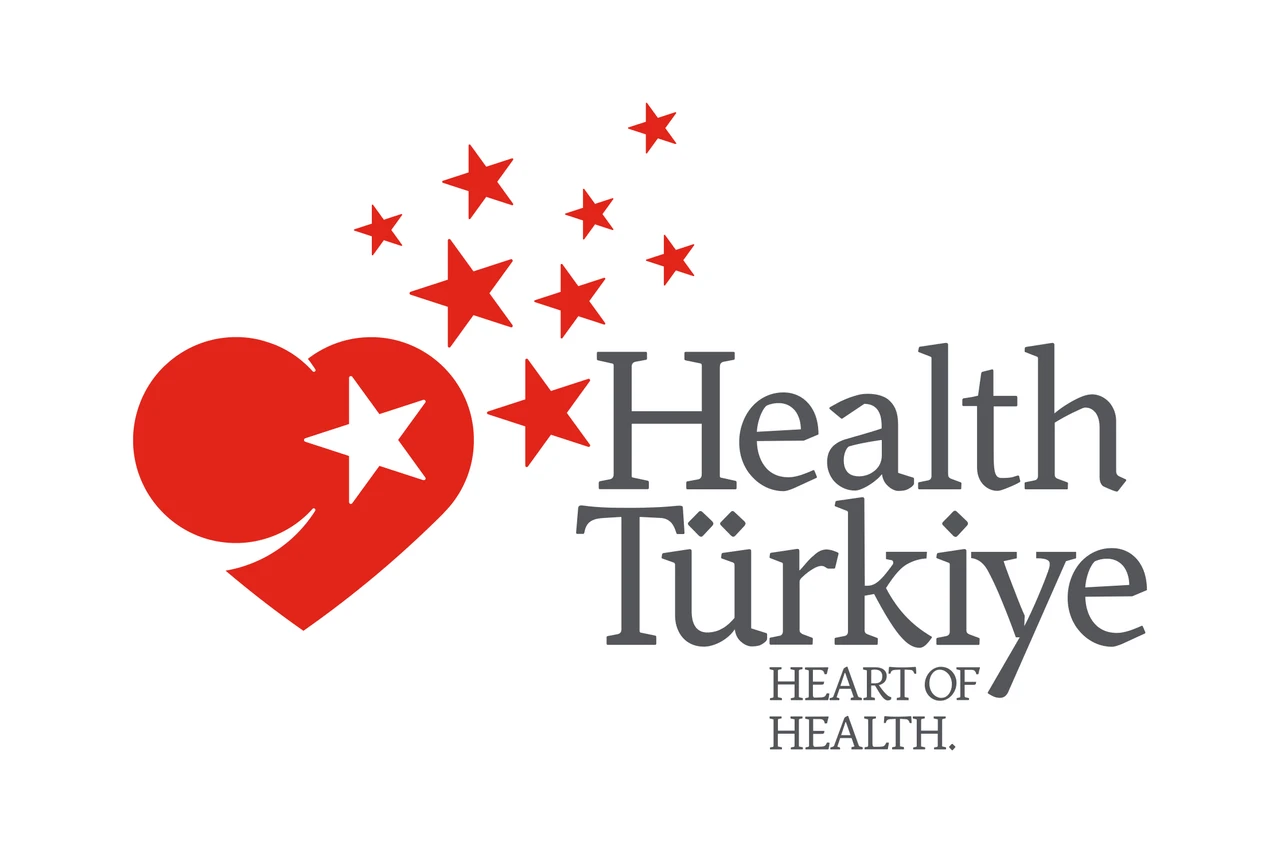Thousands of smuggled artifacts recovered by Türkiye return home after decades
 The Mother Goddess Figurine, discovered during excavations in the 1960s at Catalhoyuk in Türkiye and later smuggled abroad to be part of the Shelby White collection in the United States, Konya, Türkiye, November 14, 2024. (AA Photo)
The Mother Goddess Figurine, discovered during excavations in the 1960s at Catalhoyuk in Türkiye and later smuggled abroad to be part of the Shelby White collection in the United States, Konya, Türkiye, November 14, 2024. (AA Photo)
Thanks to intensive efforts by the Turkish Ministry of Culture and Tourism, a remarkable 13,283 cultural artifacts smuggled abroad over the years have been brought back to Türkiye between 2002 and 2025.
According to information obtained by Anadolu Agency (AA), 1,149 cultural assets were repatriated in 2023 alone, while 15 have returned home so far in 2025. From 2018 to 2025, a total of 8,968 pieces made their way back to Turkish museums, reuniting with the land they once called home.
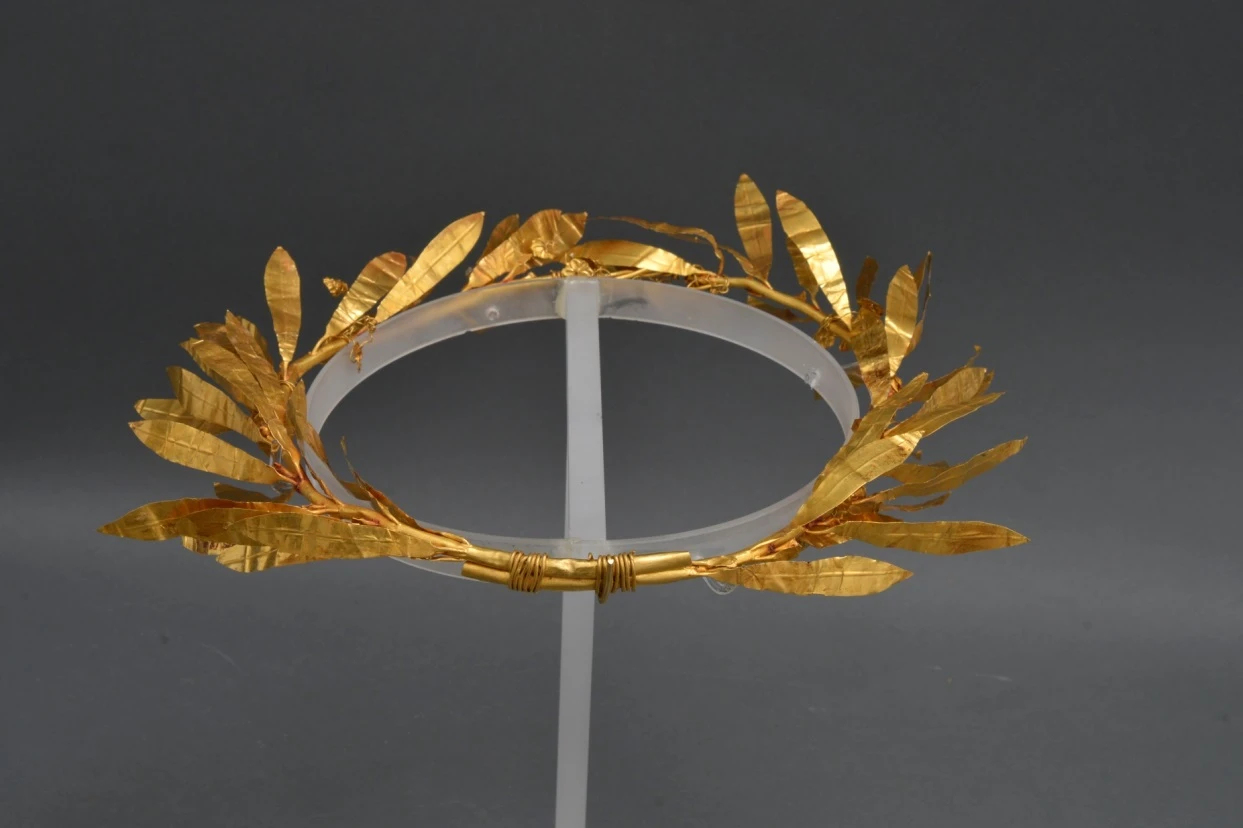
The golden crown returns after seven years of legal struggle
Among the most notable returns is a stunning golden crown believed to originate from the ancient Caria region. Dated to the 4th century B.C., the crown had been held in Scotland until a legal case filed in 2013 proved—through scientific and legal evidence—that it was of Anatolian origin. A Scottish court granted ownership to Türkiye in December 2017, and the crown was returned in January 2018.
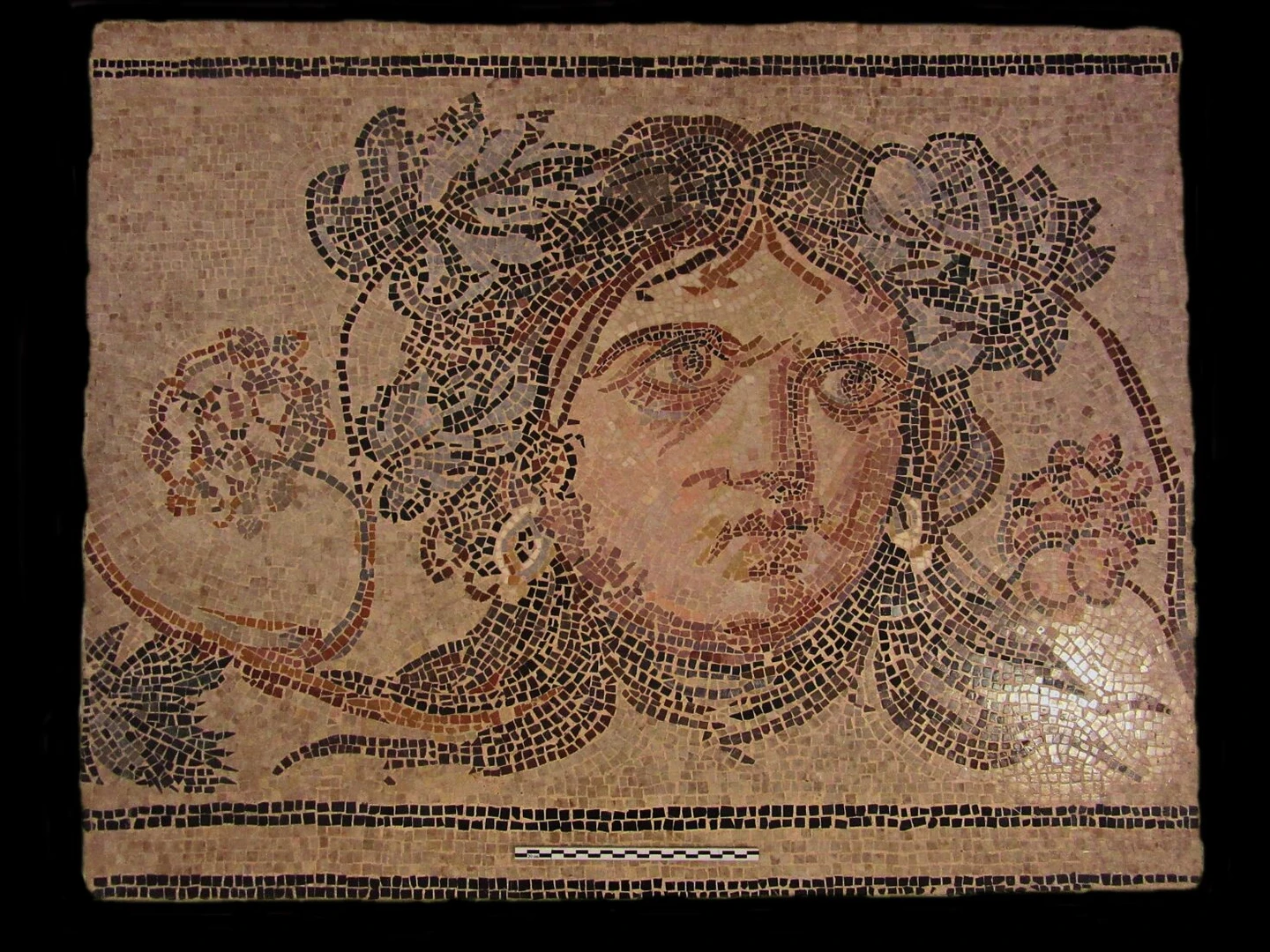
Zeugma mosaics reunited in Gaziantep
In 2018, 12 mosaic panels identified as originating from the ancient city of Zeugma were returned from Bowling Green State University in the U.S.
These mosaics, long separated from their context, are now displayed alongside the iconic “Gypsy Girl” mosaic in the Gaziantep Zeugma Mosaic Museum.
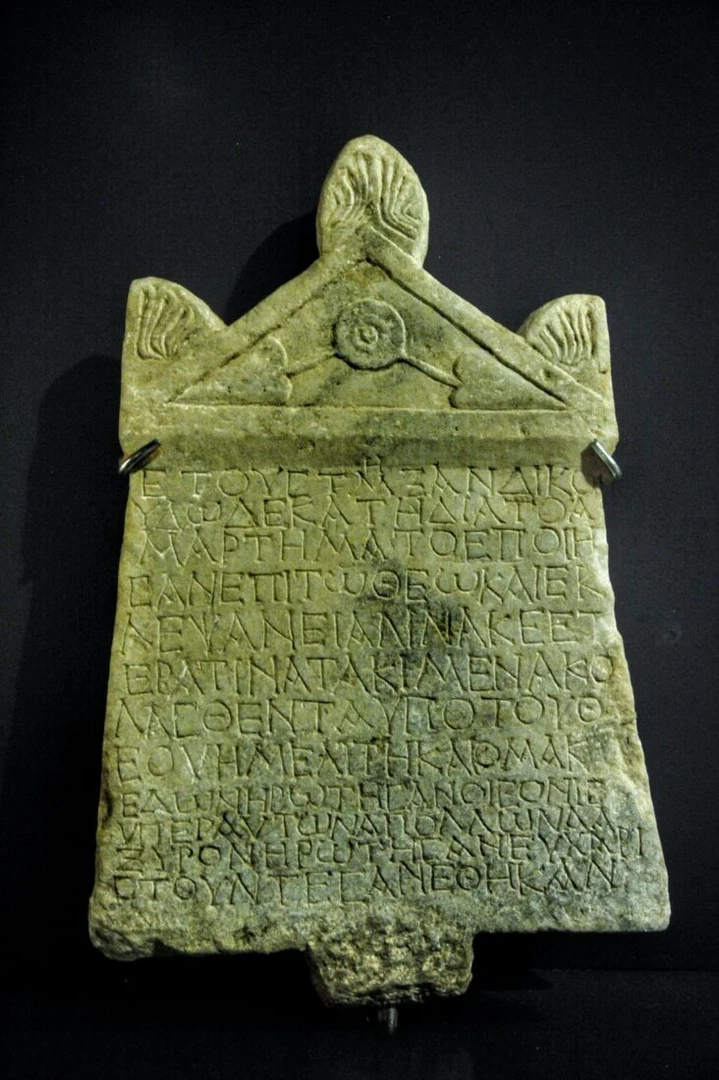
Lydian inscription returned from Italy
Another major repatriation occurred in 2020 when the Lydian Inscription, dated to A.D. 215–216, was returned from Italy.
This inscription, once part of the Apollon Aksyros Temple in Manisa, highlights the influence of pagan beliefs on ancient societies and is now on display at the Museum of Anatolian Civilizations in Ankara.
Sacred Cybele statue comes home from U.S.
The statue of Kybele, the ancient Anatolian mother goddess of abundance and fertility, was returned from the U.S. in December 2020.
Following a ceremonial unveiling at the Istanbul Archaeological Museum, the Roman-era sculpture was transferred to its new home at the Afyonkarahisar Museum.

4,250-year-old gold rhyton from Hattians
The “Spouted Rhyton,” a 4,250-year-old gold vessel from the Hattian period, was recovered from the Gilbert Collection in the UK in 2022.
The vessel is considered a premier example of early Anatolian metalwork and is now on display in Ankara.
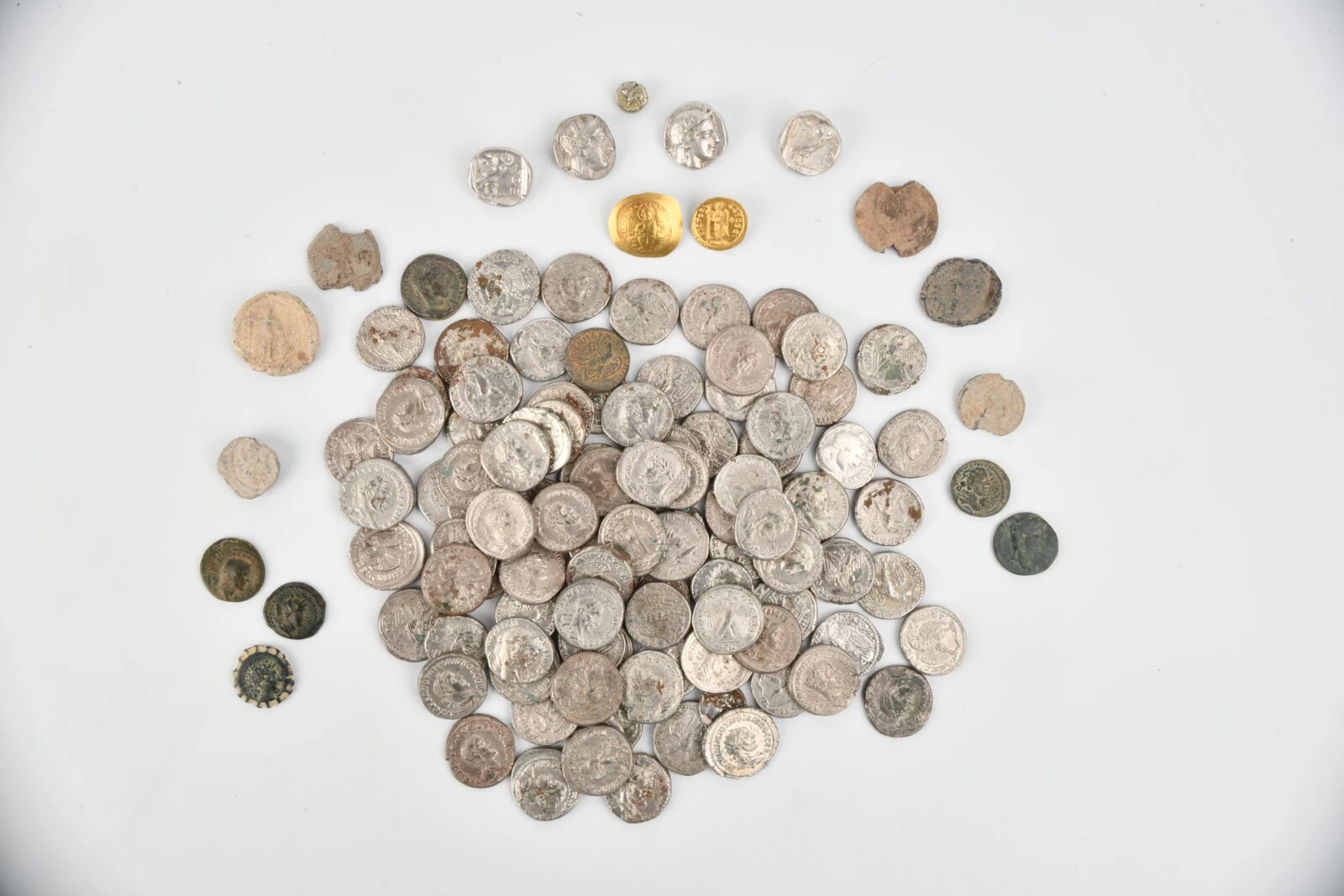
Croatian cooperation brings home Anatolian treasures
Over 1,000 artifacts—including coins, seals, and archaeological objects—were seized at the Serbian-Croatian border in 2019. Following joint efforts with Croatian authorities, the items were returned in December 2021.
This operation became part of the international phase of the “Anatolia Operation,” a landmark case in Türkiye’s fight against cultural smuggling.
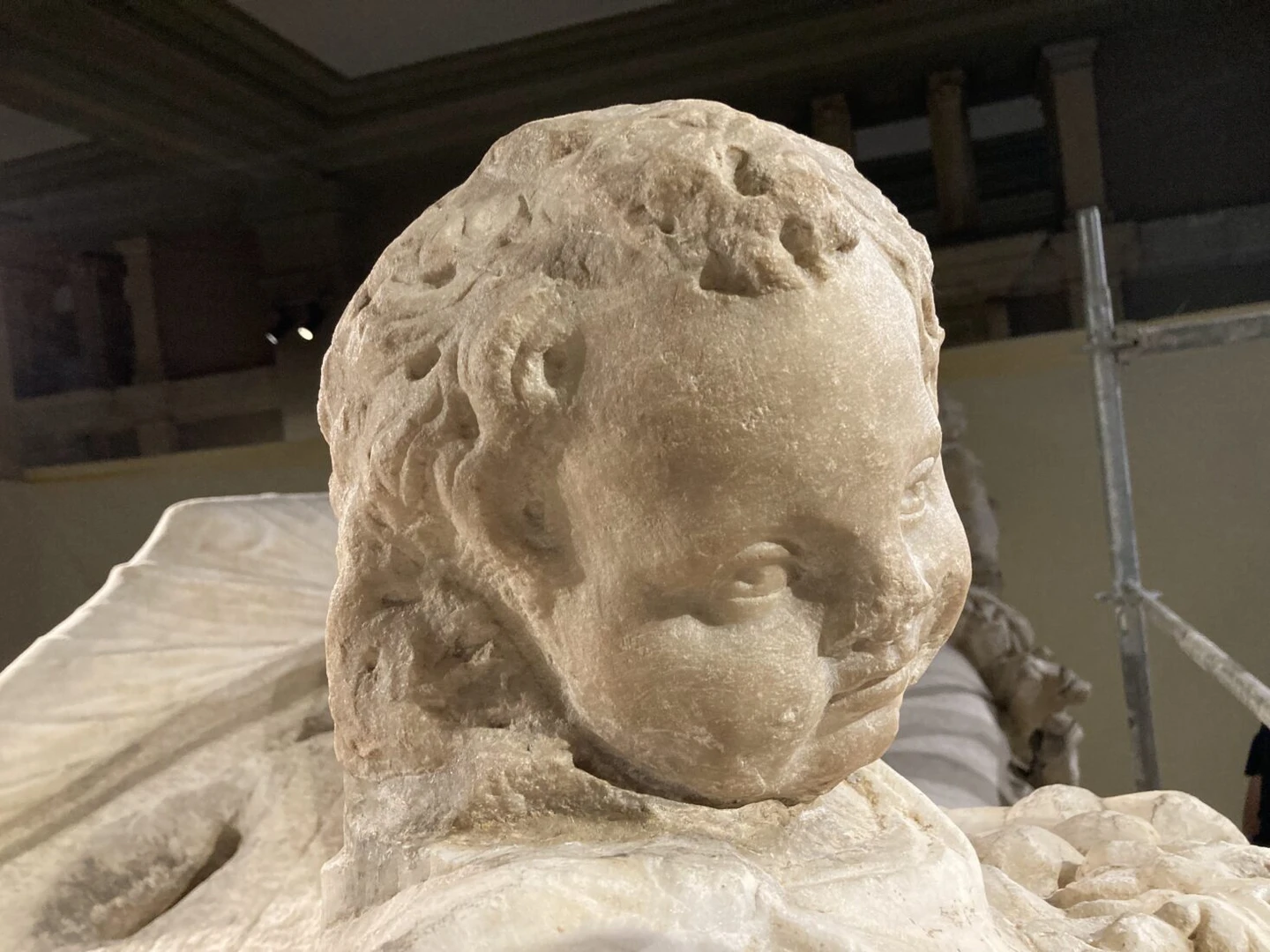
Missing Sidamara piece reunited with its sarcophagus
A long-lost piece of the Sidamara Sarcophagus—a marble “head of Eros”—was repatriated from the Victoria and Albert Museum in London in 2023. Discovered in Karaman’s Ambar village 140 years ago, the sculpture has now been reunited with the rest of the Roman-era sarcophagus in Istanbul.

Ottoman inscriptions and artifacts from Europe and beyond
Among the many recovered treasures are:
- Bozgoca Mosque Inscription, returned from the Netherlands in 2022, is now at the Museum of Turkish and Islamic Arts in Istanbul.
- A second-century A.D. gravestone reading “Farewell, Satornila,” returned from Italy in 2023 and was exhibited in the Zeugma Mosaic Museum.
- The Kore Torso, an archaic statue returned from London in 2024, was likely used as a votive offering.
- A bronze statue of a Roman emperor, originally from Boubon Ancient City, returned voluntarily in 2024 and was displayed in Antalya.
- A Qur’an manuscript copied by Ottoman calligrapher Mustafa Dede, once part of Sultan Abdulhamid II’s library, was repatriated from the U.K.
- A Hellenistic marble head, believed to depict Alexander the Great, was voluntarily returned by heirs in 2024.
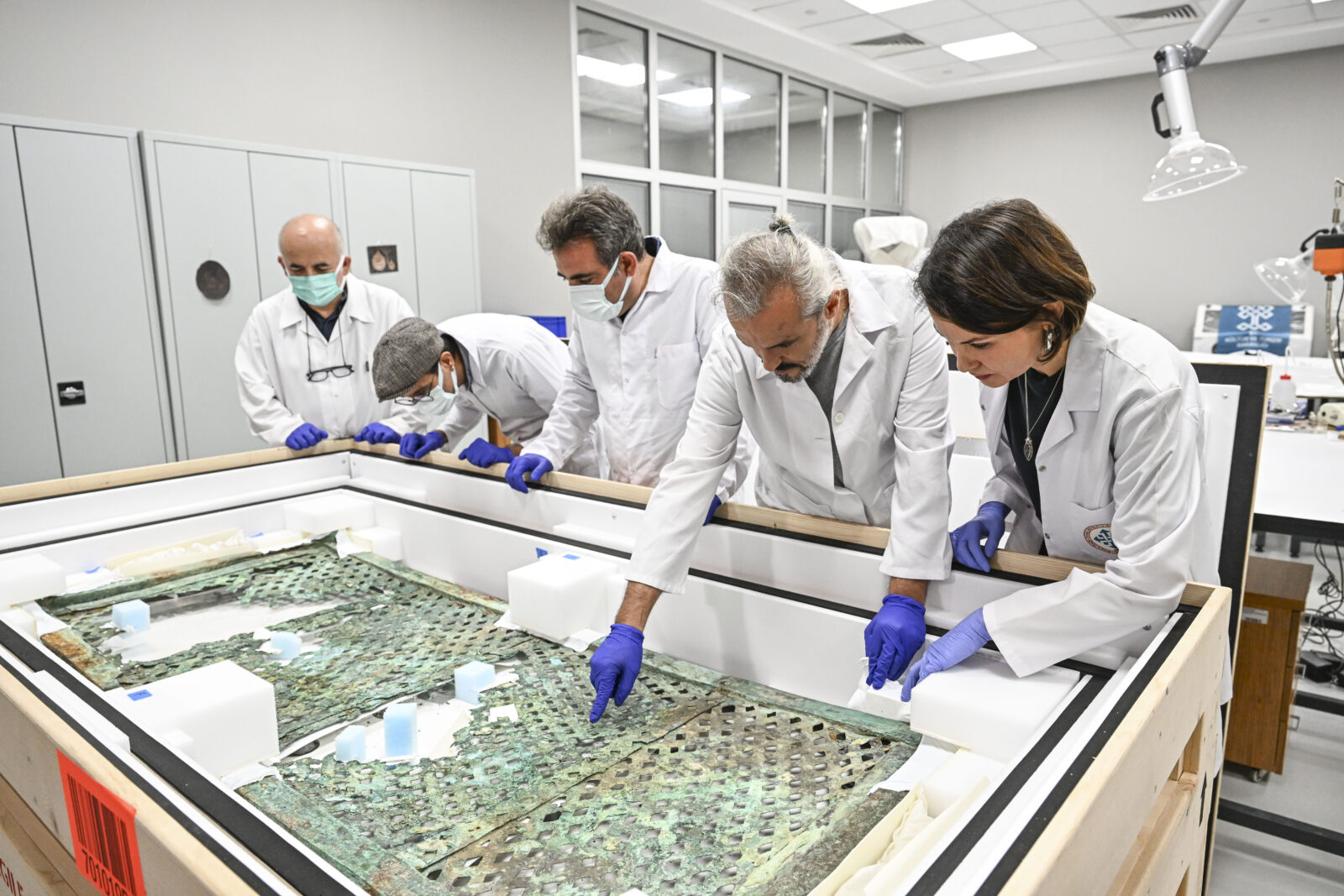
The Bronze kline and other highlights
One of the most eye-catching restitutions is a Lydian bronze funerary bed (kline), smuggled out of Manisa in 1979 and returned from the Getty Museum in 2024. Known for its unique form and rich ornamentation, the artifact offers insight into elite burial traditions.
Artifacts from Boubon, including weapons, coins, and jewelry, were returned during a ceremony at the Turkish House in New York in September 2024, while a Lydian necklace identified at the Museum of Fine Arts, Boston, was also brought back.
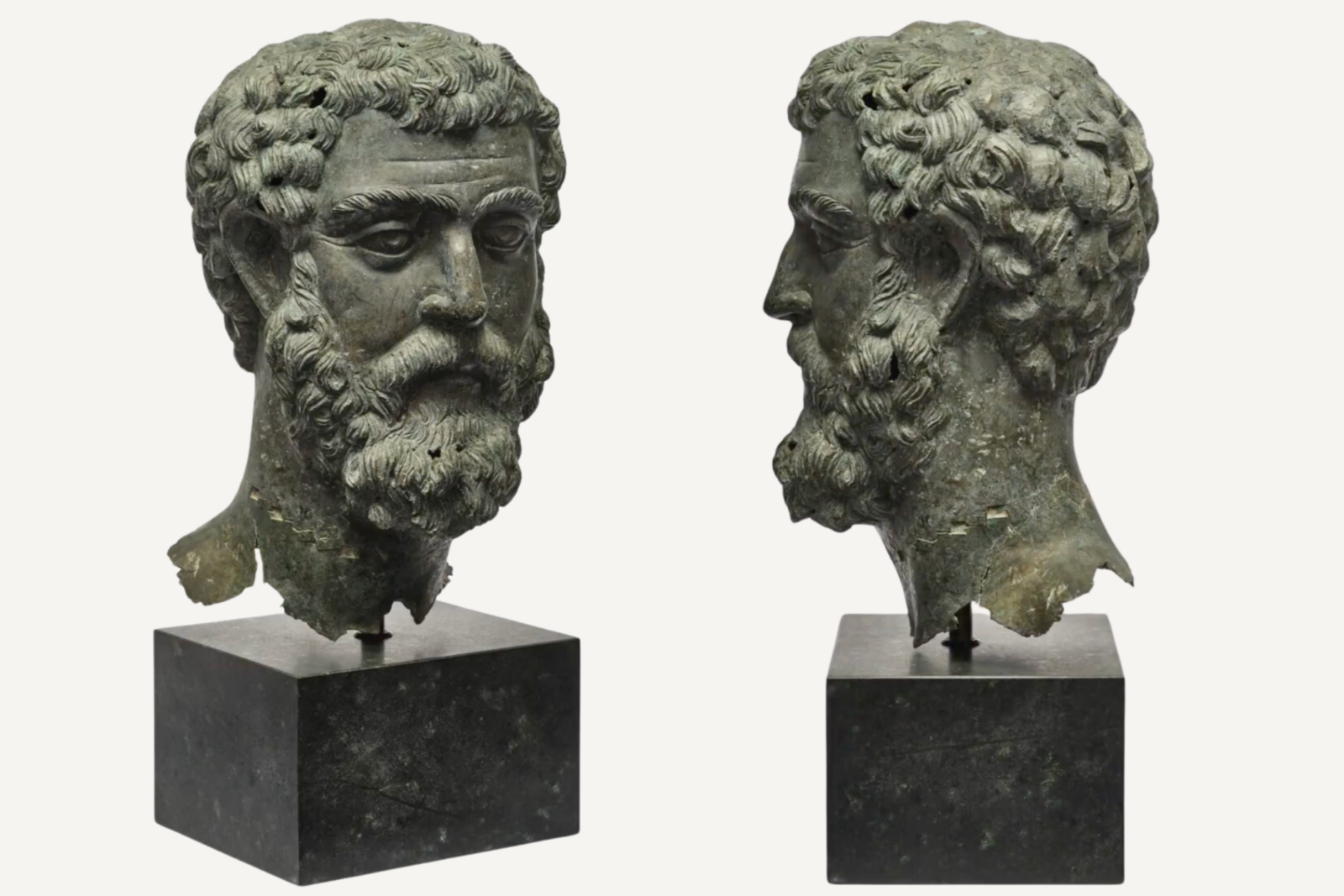
More artifacts from Denmark, Switzerland, and beyond
Artifacts once held in Denmark’s Ny Carlsberg Glyptotek Museum—such as the head of Septimius Severus and terracotta plaques from Pisidia—were returned in 2024 and placed in Antalya.
Investigations in Geneva also resulted in the return of Byzantine coins, a gold medallion, and an ancient oil lamp, contributing to the global effort to recover Türkiye’s stolen heritage.
